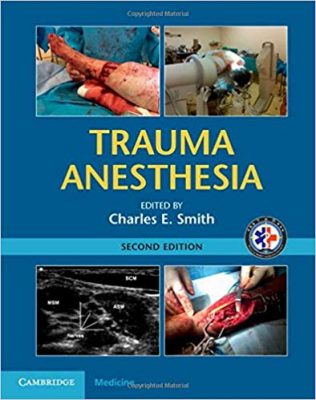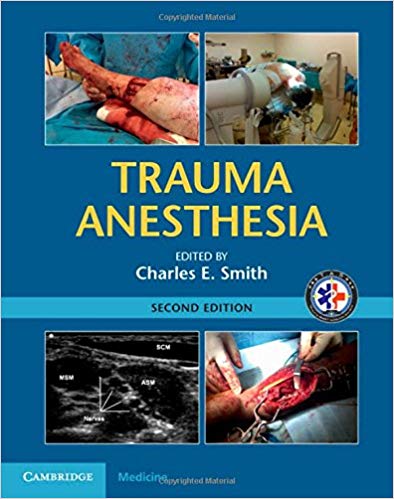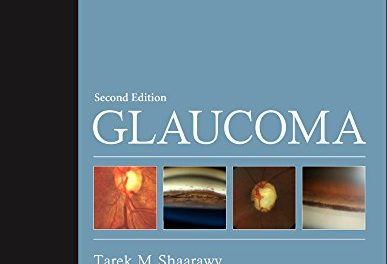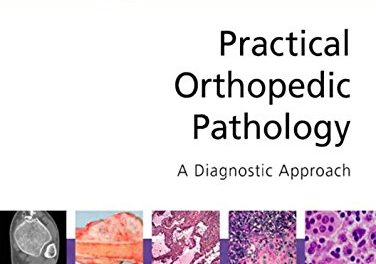 Editors: Charles E. Smith, MD and Jon J. Como, MD
Editors: Charles E. Smith, MD and Jon J. Como, MD
Cambridge University Press – 744 pages
Book Review by: Sonu Chandiram
“Trauma represents a broad spectrum of disease and is the leading cause of death and disability among the youth,” according to Brendan Peterson, MD, MBA, who is professor of orthopedic surgery at Case Western Reserve University School of Medicine and who wrote the Foreword to this book.
Worldwide, unintentional and intentional injuries were the fifth and seventh cause of deaths in 2002. There are many causes of major trauma. Collisions in vehicles, falls, blunt wounds from being hit with various objects, penetrating wounds from gunshots and stabbing, and much more.
In the United States, there were 29.2 million visits to hospitals for unintentional injuries in 2016 (the latest year for which we found adequate statistics) according to the Centers for Disease Control, and there were 169,936 deaths from unintentional injuries. Add to this the 36,338 deaths from unintentional falls, 40,231 from motor vehicle accidents, and 64,795 from unintentional poisoning, and we had 311,300 trauma-related deaths in the U.S. in 2016.
With knowledge about the many aspects of trauma resulting from all types of unintentional events – injuries, falls, traffic accidents, and poisoning – we will be better able to save lives. That is one of the purposes of this book: to provide you – the medical student, resident, or practicing physician dealing with trauma cases – with the knowledge to enable you to prevent deaths of those people brought to the hospital.
Eighty specialists in trauma management from all over the United States and six other countries – Australia, Canada, Japan, New Zealand, Norway, and the United Kingdom – authored the 43 chapters of this extensive volume on anesthesia in trauma-related procedures.
We name the chapters below in order to provide you an overview of the contents of this large and important book on life-and-death situations:
- Section I – Initial management of the trauma patient
- Mechanisms and demographics
- Trauma in the pre-hospital environment
- Trauma airway management
- Shock management
- Establishing vascular access in the trauma patient
- Massive blood transfusion in trauma care
- Blood loss: does it change my intravenous anesthetic?
- Fluid and blood therapy in trauma
- Section II – Techniques for monitoring, imaging, and pain relief
- Monitoring the trauma patient
- Use of echocardiography and ultrasound in trauma
- Imaging in trauma
- Ultrasound procedures in trauma
- Pharmacology of neuromuscular blocking agents and their reversal in trauma patients
- Hypothermia in trauma
- Pharmacologic management of acute pain in trauma
- Regional anesthesia
- Post-trauma chronic pain
- Damage control in severe trauma
- Mechanical ventilation of the patient following traumatic injury
- Section III – Anesthetic considerations
- Head trauma: surgical issues
- Head trauma: anesthetic considerations and management
- Surgical considerations for spinal cord trauma
- Anesthesia for spinal cord trauma
- Oral and maxillofacial trauma: surgical considerations
- Anesthesia for oral and maxillofacial trauma
- Eye trauma and anesthesia
- Musculoskeletal trauma
- Anesthesia considerations for musculoskeletal trauma
- Cardiac and great vessel trauma
- Anesthesia considerations for cardiothoracic trauma
- Abdominal trauma: surgical considerations
- Anesthetic considerations for abdominal trauma
- Intra-operative one-lung ventilation for trauma anesthesia
- Section IV – Special populations
- Pediatric trauma and anesthesia
- Intensive care unit management of pediatric brain injury
- Trauma in the elderly
- Trauma in pregnancy
- Field anesthesia and military injury
- Burn injuries: critical care in severe brain injury
- Anesthesia for burns
- Section V – Organization of trauma management
- Prevention of injuries
- Trauma systems, triage, and transfers
- Trauma team training and simulation: creating safer outcomes
“Trauma claims more lost quality life years than cancer and cardiovascular disease and sadly often robs a society of its youth. However, each and every day through the thoughtful and dedicated effort of many skilled trauma care providers working in complex systems we have successfully mitigated the impact of injury on countless numbers of the seriously injured,” Dr. Peterson points out in his Foreword.
With the educated, experienced, skilled, and well-trained providers of medical care and surgical services, lives are saved, limbs are preserved, and functions are restored.
The editors – Dr. Charles Smith and Dr. John Como – inform us that this second edition released in 2015 has been improved with updated knowledge that developed over the years after the first edition was released in 2008. This second edition has also been expanded with the addition of six new chapters, and all of its content has been reorganized into five sections.
In sum, this large volume provides extensive information on all aspects of trauma care and a large range of traumatic injuries, with particularly emphasis on trauma anesthesiology.
Editor:
Charles E. Smith, MD is Professor of Anesthesia at Case Western Reserve School of Medicine, and Director of Cardiothoracic and Trauma Anesthesia at Metrohealh Medical Center in Cleveland, Ohio.
Associate Editor:
Jon J. Como, MD, MPH, FACS is Associate Professor of Surgery at Case Western Reserve School of Medicine, and Associate Trauma Director at Metrohealh Medical Center in Cleveland, Ohio.






